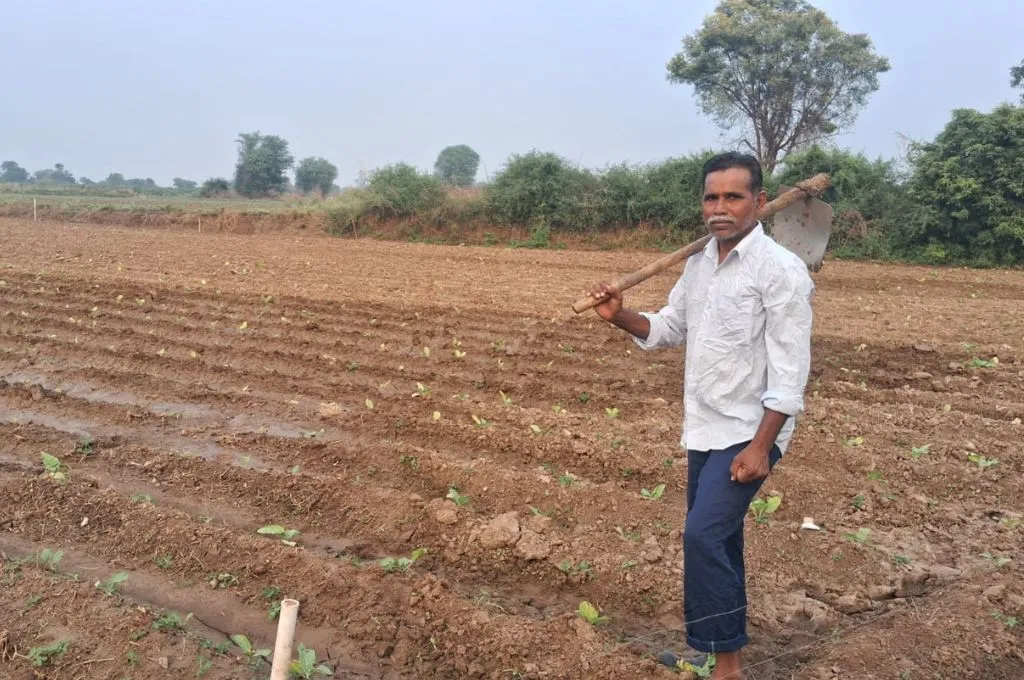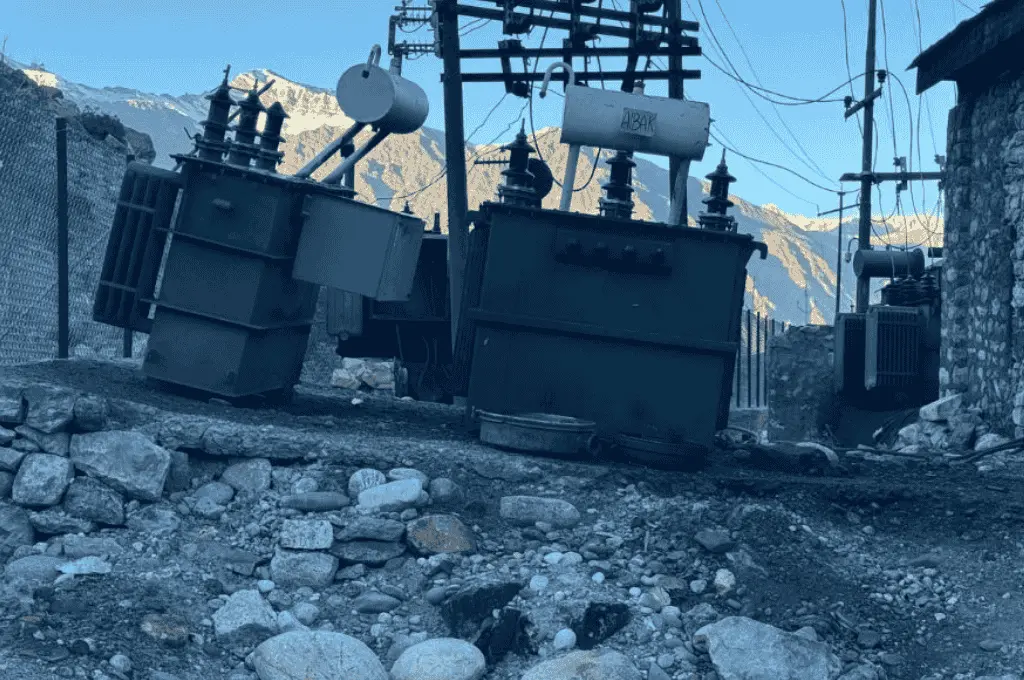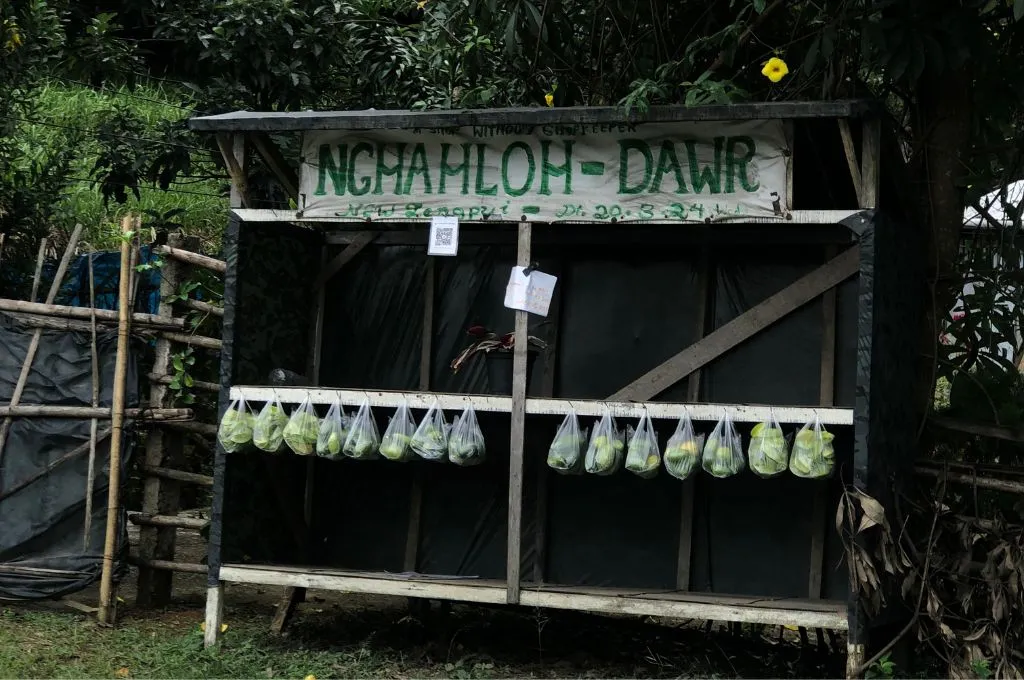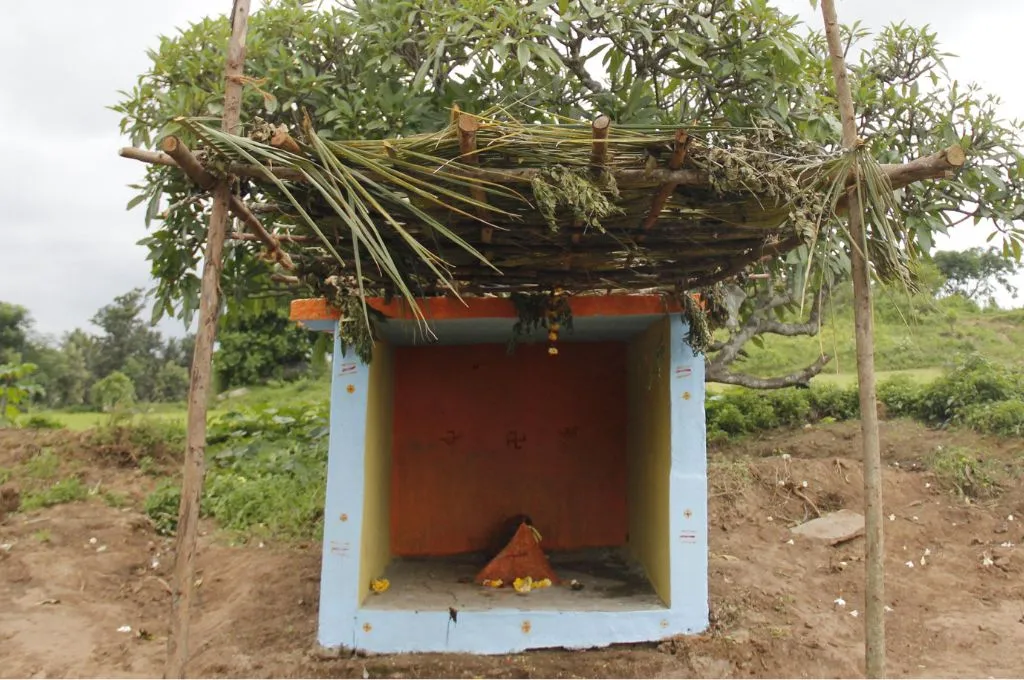Derailed: The lives of a migrant worker’s children
A terrible railway accident took place on June 2 in Balasore, Odisha, killing more than 270 people and injuring over 1,000. Migrant workers from Bihar and West Bengal were on those trains—the Coromandel Express and the SMVB Howrah Express. Reports say 103 of the deceased were from West Bengal. The severely injured from the state numbered 172.
As a child rights organisation, Save the Children is particularly concerned about the welfare of the children of the accident victims.
A few days after the accident, a member of the Child Welfare Committee from the Sundarbans region called to inform me about some cases related to the train accident. These victims were the only wage earners of their families, and their children are now being supported by neighbours or relatives. In one particular case, in the village of Basanti, two sisters aged 10 and 12 years are living with their paternal uncle and elderly grandmother. Their mother had left the family several years ago. Their father, a labourer, was travelling to Andhra Pradesh for seasonal work. He was critically injured in the accident and has been admitted to a government hospital in Kolkata. The doctors say that he will have to undergo multiple operations, but may not be able to work hereafter.
The children’s uncle is an agricultural labourer, and is concerned that he will have to spend a lot of money feeding them. Although he is currently looking after them, he doesn’t want to do it for long. There is a very high possibility that he might get them married or trafficked or force them into child labour. (The incidence of child marriage in West Bengal is approximately 42 percent.)
While immediate support for such families includes providing rations, a lot more—such as offering trauma counselling—needs to be done. Families also require help to avail of the compensation and relevant social security schemes declared for them.
Additionally, it is important to consider the disparity in the compensation awarded to families of the deceased and those of the severely injured, particularly when the victim is the sole breadwinner and may be unable to provide for their family any more. The Sunderbans case is such an example.
Finally, we need to identify and connect government line departments and other stakeholders to make sure there is a stronger community-based mechanism in place that protects the children of accident victims. The various departments that are responsible for ensuring child protection, providing social security benefits, and managing disaster response will have to work with civil society, media, and the local community to protect children who are at risk of exploitation.
Susmita Guha is the West Bengal state lead at Save the Children.
—
Know more: Learn about how one can help children navigate grief.
Do more: Connect with the author at s.guha@savethechildren.in to learn more about and support her work.



